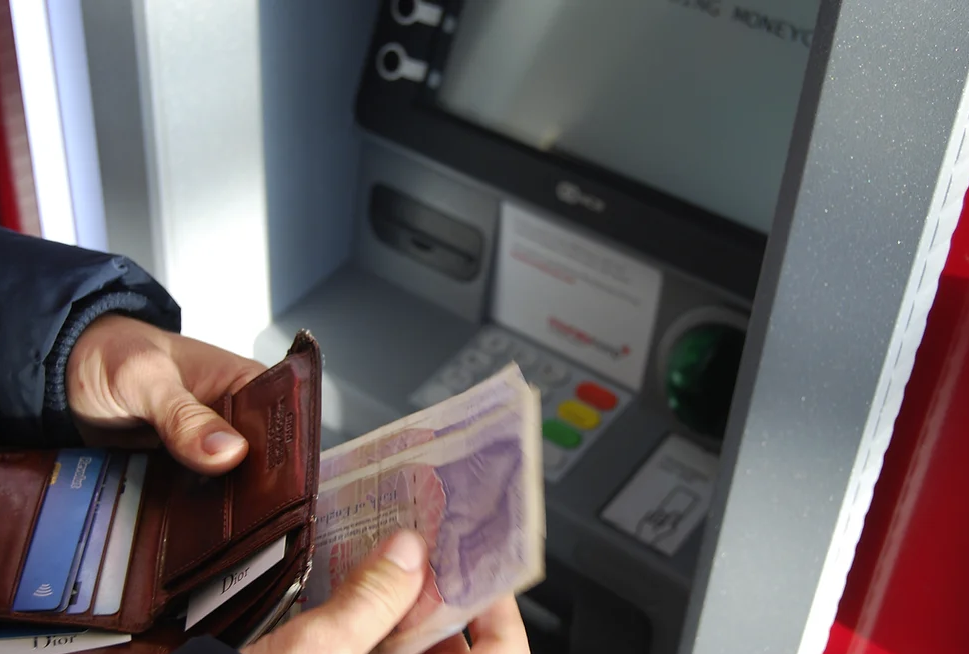
Are you looking for help moving abroad? Speak with an international relocation specialist by reaching out to [email protected].
Moving abroad is both incredibly exciting and incredibly daunting. It can be difficult to get accurate information, and then feel confident you know how to move forward, across a few key areas. One of the critical questions to ask yourself is, what is the best way to manage my day-to-day banking needs once I’ve moved internationally?
Question: What is the best way to manage day-to-day banking in another country?
If you’re an American citizen living abroad, you likely have money in U.S. accounts and need to figure out the best way to access those funds. There are several different options available to manage your day-to-day banking needs (ie. checking and savings accounts) in another country. You may choose one or multiple of these options:
Option 1: Set up a U.S. checking account that provides low or no foreign transaction fees
This is usually the best option if you want to keep most of your banking in the U.S. and withdraw small amounts regularly. It’s what we do with our personal day-to-day cash, and we recommend it.
Which U.S. banks provide checking accounts with no foreign transaction fees? Charles Schwab High Yield Investor Checking Account is best, with the Fidelity Cash Management Account a close second.
Charles Schwab High Yield Investor Checking Account: no foreign transaction fees, you are reimbursed for all ATM fees, daily ATM withdrawal limit of $1000. FDIC insured. No fees or account minimums. 0.03% APY. Charges for insufficient funds.
Fidelity Cash Management Account: 1% foreign transaction fee, you are reimbursed for all ATM fees, daily ATM withdrawal limit of $500. FDIC insured. No fees or account minimums. 0.01% APY. No charges for insufficient funds.
Note: For both of these accounts, you will need to open an associated brokerage account. There shouldn’t be any fees for the brokerage account either, but you should confirm with your Charles Schwab or Fidelity representative. You should also plan to open either account while you are in the U.S.
Option 2: Use any U.S. checking or savings account and transfer your money abroad when needed using a service
If you want or need to set up a foreign bank account, and you’re happy transferring large amounts of money less frequently, this may be the best option for you.
First, let’s address the obvious: why wouldn’t you just ask your U.S. bank to make a wire transfer directly to a foreign bank account? Because the fees will be higher, and often much higher. This is particularly true if you’re transferring a large amount at once, say to buy a home in another country.
A traditional bank in the U.S. will charge ~$2.50 per ATM withdrawal in a foreign country or 3% per foreign transaction. In addition, you’re likely to be charged a margin on top of the daily currency exchange rate. This can be up to 5% at most major banks. This is all before the fees on the receiving bank’s side — many banks charge something in the range of $15–30 to receive transfers in another currency.
This is where alternative money transfer services come in.
Which services can you use to transfer your money to another country? Wise for most transfers due to their low fees and transparency. If you’re looking to transfer a large amount ($10,000+), OFX is a good option due to their great customer service and advantageous rates for large transfer amounts.
Wise charges a low fee (usually under 1%) on most transfers and uses the real-market exchange rate. You can look up Wise fees and compare them to other providers at www.wise.com/us/compare (link).
OFX charges no fees, but uses their own ‘retail’ exchange rates, which are typically worse than the standard mid-market exchange rate. You can look up OFX’s current exchange rates at https://www.ofx.com/en-us/transfer-rates/ (link).
Option 3: Set up a bank account in your new country, make a one-time transfer, and don’t use U.S. accounts moving forward
You should use this option if you need or want to keep all your banking in your new country, outside of the U.S. This may be because you are getting your paycheck in a foreign bank account, or because it’s otherwise necessary for your job abroad. Maybe you have no plans to return to the U.S. It’s also possible that you’re living in a country with better savings rates than what’s currently in the U.S. and a safe, stable currency — in that case, great!
A few things to keep in mind if you decide to go this route:
The U.S. dollar is the best currency in the world for safety and stability. You may want to look into the option to have a USD account in your new country, perhaps in addition to your local currency account.
You will still have to file taxes in the U.S. if you are a U.S. citizen. This includes special reporting requirements when you have offshore accounts (see above).
If you make any initial transfers to your new foreign bank account, we highly recommend using a service like Wise or OFX to reduce fees and currency exchange rates (see above).
Many U.S. checking and savings accounts have minimum amount requirements or penalties if you fall below a minimum amount. Check with your bank before withdrawing a large amount.
StartAbroad is here to help
Get a free consultation with international move experts at StartAbroad to discuss your situation and learn what’s right for you. StartAbroad provides a comprehensive suite of services to make your move abroad as easy and painless as possible. StartAbroad’s international moving experts have over 20+ years of experience living abroad and helping others get settled. Get a free consultation at www.startabroad.com to discuss your situation and learn what’s right for you. Ask us about our holistic concierge package, and our medical, visa, and tax solutions!
How to Move Abroad
Join Our Mailing List
Receive monthly newsletters, special offers, insider information, and more.
Copyright 2022, StartAbroad LLC, all rights reserved
Get the Portugal Digital Nomad Visa Cheatsheet













